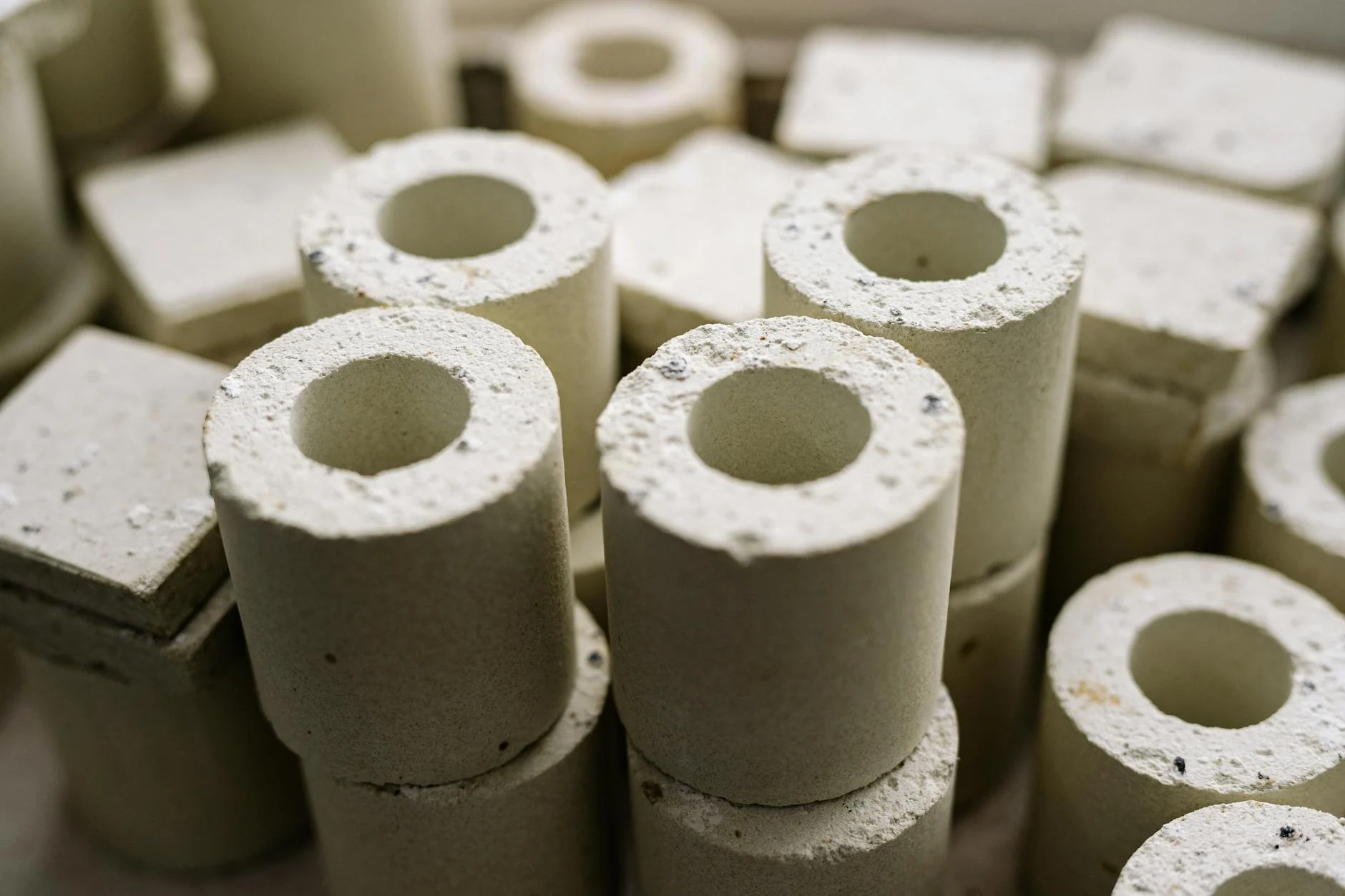“Which Is Safer—A Condominium in Thailand or Japan at the Same Price Point?”
It’s a question few can answer with certainty. Yet, the reality is clear: the building standards in these two countries differ dramatically. And that difference directly impacts what matters most—the protection of life and the preservation of asset value.
■ “Structural Integrity”—The Invisible Luxury That Safeguards Your Future
One of the most overlooked elements in real estate selection is what lies beneath the surface: structural design and construction integrity.
In Thailand, many buildings still lack formal seismic regulations or are governed by relatively lenient standards. In contrast, Japan mandates by law that all structures—particularly residential condominiums—be engineered to withstand major earthquakes of up to magnitude 7. This legal and engineering rigor represents one of the most decisive distinctions between the two markets.
Under Japan’s post-1981 “New Seismic Standards,” every building is designed with a non-negotiable premise: “Even if damage occurs, total collapse must be prevented.”

■ Structural Integrity: The Hidden Differentiator Among Luxury Properties
Even when two properties share similarly luxurious exteriors and interiors, their underlying structural quality and longevity can differ drastically.
In Japan, high-rise condominiums are typically built with advanced engineering measures, including:
- Reinforced Concrete (RC) or Steel Reinforced Concrete (SRC) construction
- Seismic dampers and base-isolation systems
- Pile foundation techniques based on comprehensive geotechnical surveys
- Rigorous structural calculations and government-certified building permits
These sophisticated safeguards ensure durability not only against earthquakes, but also wind loads, fire, and long-term material degradation.
■ Structural Integrity Protects More Than Lives—It Safeguards Your Investment
The value of an earthquake-resistant building extends beyond safety—it plays a crucial role in preserving long-term asset value.
In some markets, such as Thailand, issues like cracks or tilting in condominiums can lead to dire consequences: inability to resell, difficulty attracting tenants, and repairs that go far beyond cosmetic fixes.
In contrast, Japanese condominiums—when well-maintained—often remain habitable for 50 to 60 years or more. Detailed records of seismic evaluations and repair histories are standard.

■ Structural Integrity: The Foundation of Trust
Real estate is, fundamentally, an asset—but more importantly, it is where people live. That is why trust is paramount.
In Japan, that trust is underpinned by engineering excellence. It is this structural reliability that distinguishes Japanese properties on the global stage.
- Engineered to withstand even the most powerful earthquakes
- Resilient against floods and typhoons
- Built to remain habitable for generations—50 years and beyond
This unparalleled level of structural assurance is why Japan’s condominiums continue to attract discerning buyers from around the world.
■ Summary: The Critical Difference Between Thailand and Japan Is Structural Assurance
Properties in Thailand are not inherently flawed. But there is a profound difference—both psychologically and financially—between living in a space shadowed by structural uncertainty and residing in a building engineered never to collapse.
In Japan, urban real estate represents the front line of that protection. It is where the preservation of life and capital is embedded in the very foundations.




